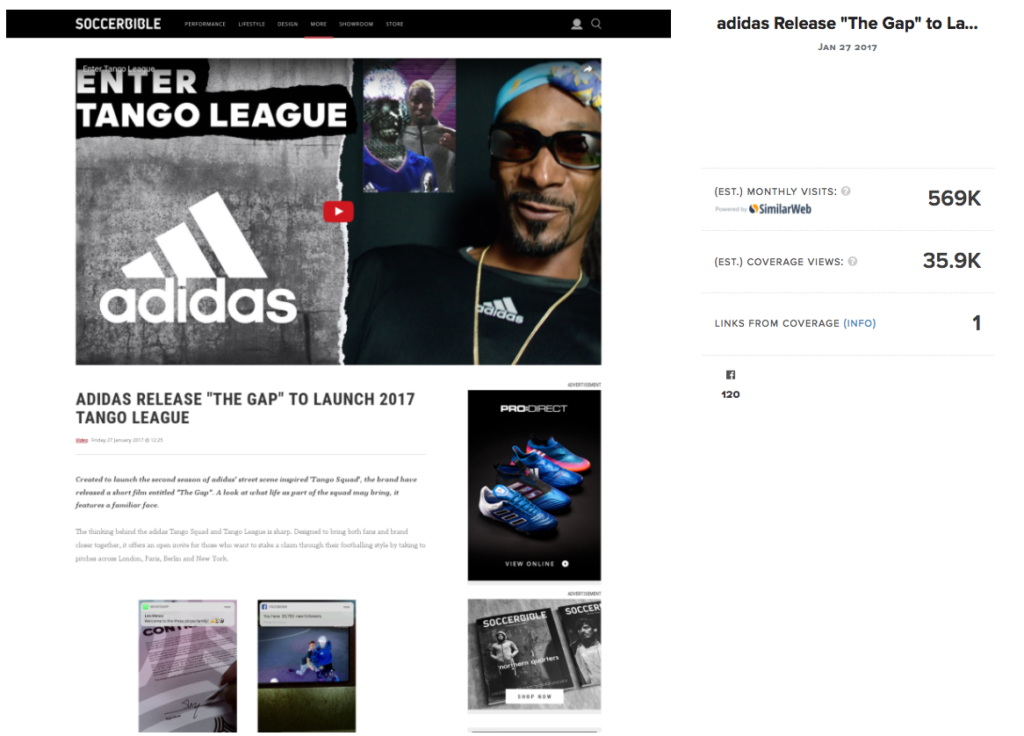For years, PR pros have detailed the ‘unique users’ or ‘impressions’ of sites as key performance metrics in reports. However if we’re more curious about those metrics we would wonder what it actually tells us about our coverage….
I don’t believe either impressions or the unique user metric are very helpful to PR development. Here’s why:
- Unique users often get confused with unique visitors and impressions. The numbers are very different so could skew your report insights
- Unique users and impressions and visitors are often average monthly numbers over the year so won’t demonstrate seasonality or peaks in visits to a website
- Just because a site gains 100,000 visits in a month that doesn’t mean that’s how many people are now aware of your story. A small percentage of that figure may have got to your coverage
Why are unique users included in PR reports?
Many of us know that the only way to get a true picture of how many people visited a website and viewed our PR coverage is through the website’s analytics. However, it is unlikely that we would ever gain access to a publisher’s analytics unless you’re best friends with the web-master and even then it’s rare they would share accurate data. So what do we do?
The next best option is reviewing estimated website traffic. There are multiple services available that estimate how much traffic websites gain every month and often the data is global.
Within our tool ‘coveragebook.com’ we work with SimilarWeb to look at estimated site traffic. The figures they provide are based on last month so we get a good idea of site performance and seasonality.
So, we have a more accurate view on numbers. But we still don’t learn whether the area of the site we gained coverage on was best for our client and therefore the site overall. That’s why estimating individual coverage views can provide so much more insight and we can use that to adapt our next campaign.
As a tool, we pull in estimated monthly site traffic on every site you gain coverage on. We then look at the size of the site and estimate the amount of pages it may have. From there we estimate your coverage views. You can read more about our formula here.

By analysing your individual coverage page rather than the whole site traffic you can see whether the area of site was right for your client or whether a smaller, more niche website may have been better as it has less pages and therefore more of the total traffic may have found your coverage.
From there, you’ll also be able to reprioritise your new target media list.
Be Curious
Tips to remember
- Look at the metrics of your last three campaigns
- What do the numbers tell you?
- Is the Domain authority over 40 — will the coverage help SEO?
- Can we adapt our target media lists to go for higher DAs?
- Can you gain any insight from ‘unique users?
- Should you switch metrics?
- Are your coverage view figures low?
- That could mean that you have found your exact target audience that may take more action. As opposed to a larger figure that could be a generic audience and take no action
This kind of analysis and insight can lead to small changes. But those small changes can lead to a better team leading more successful campaigns.
Originally published at coveragebook.com.